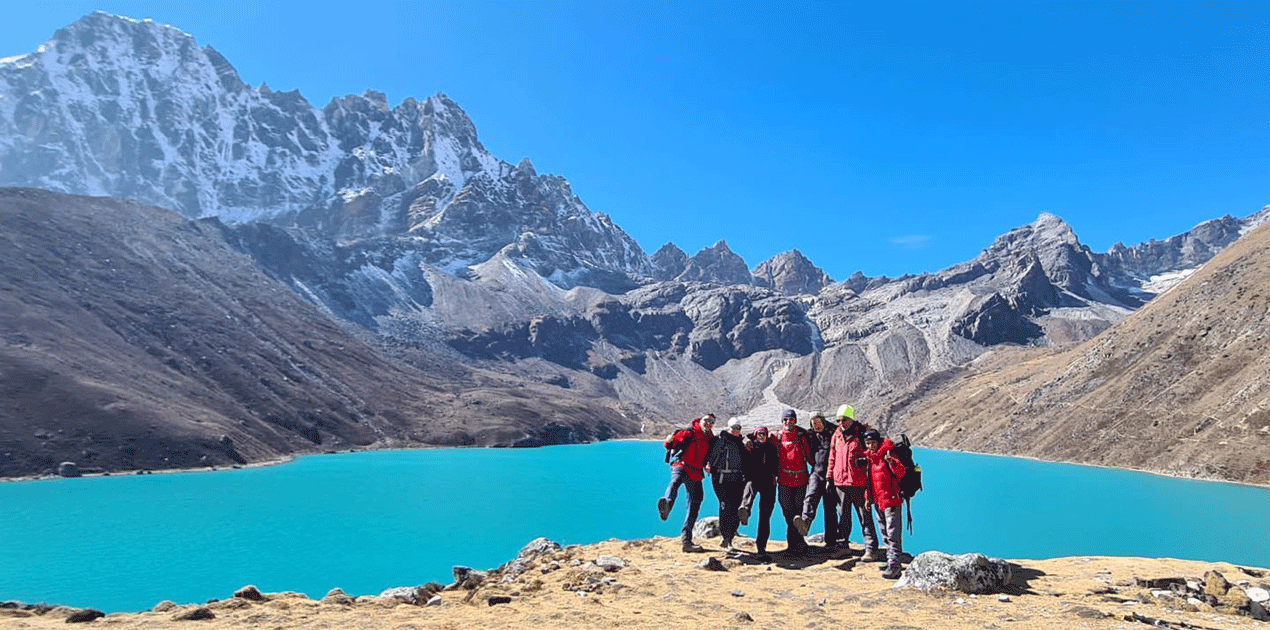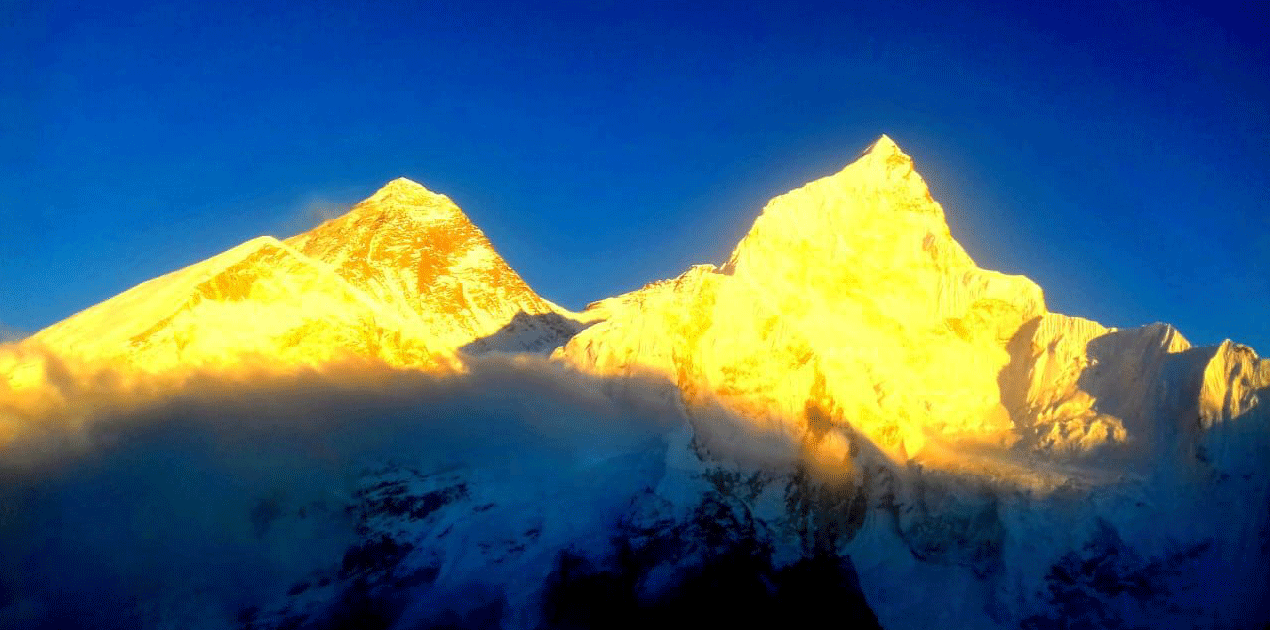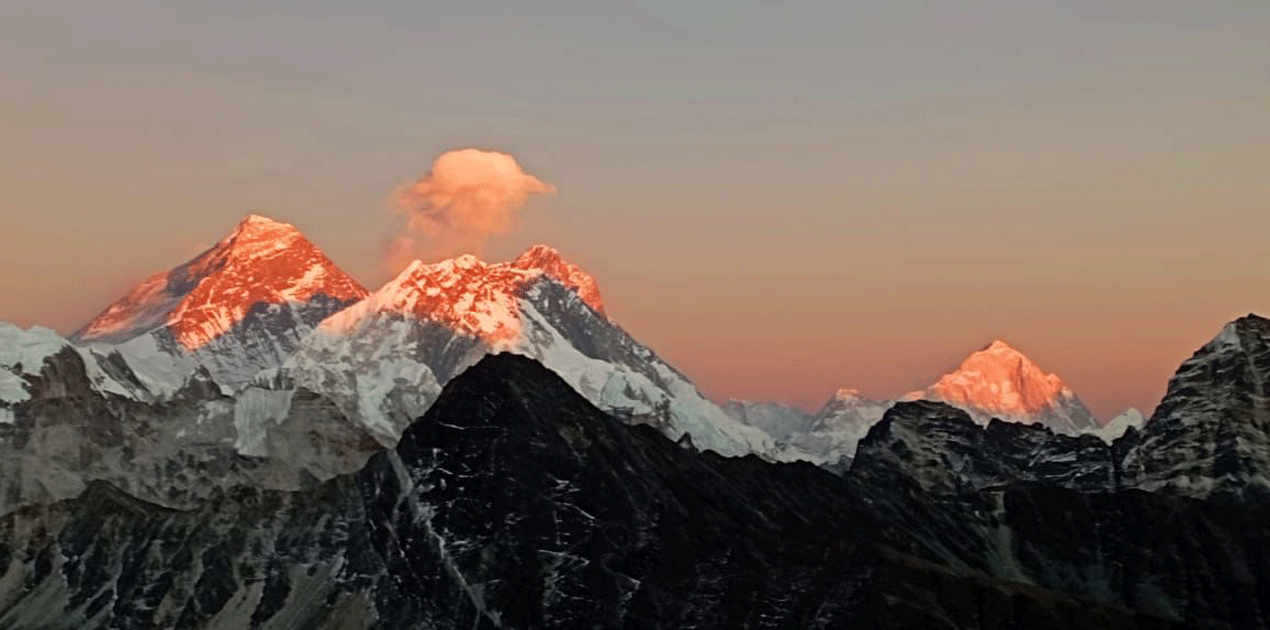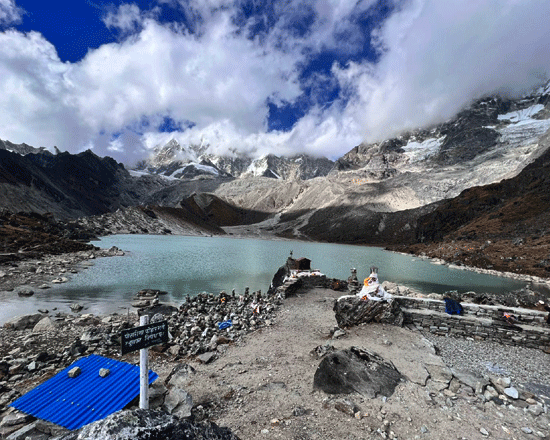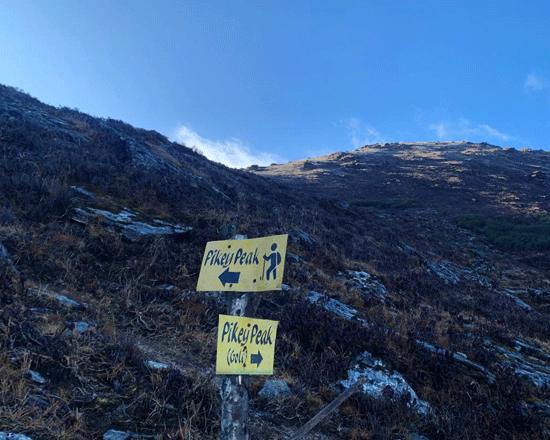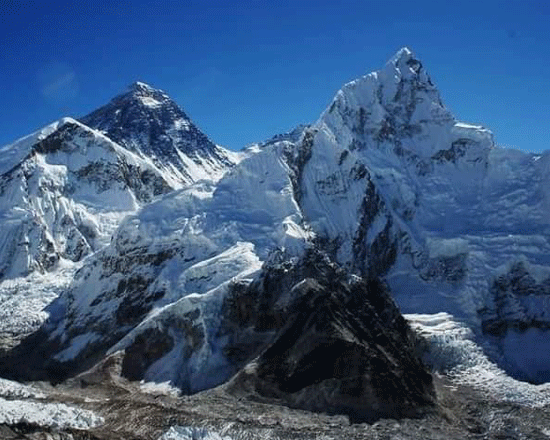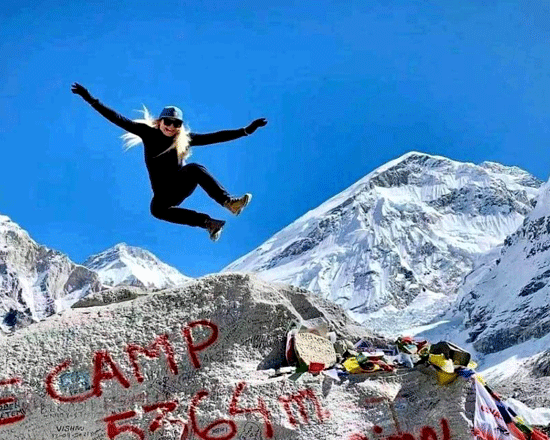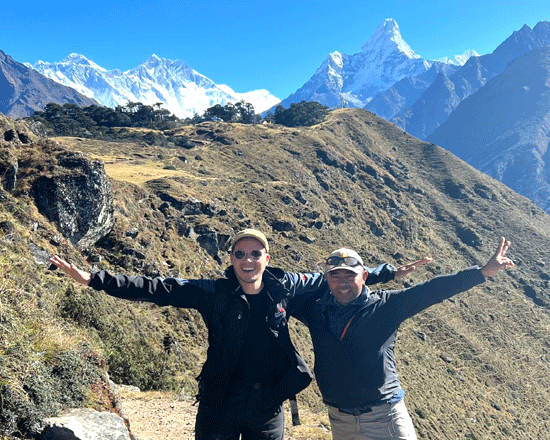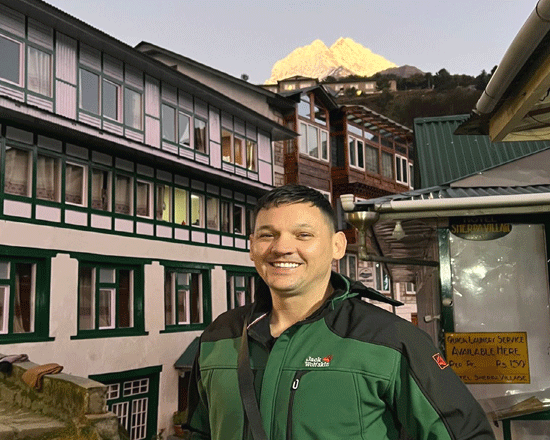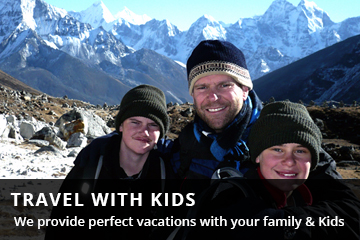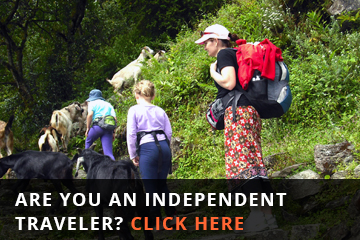Nangpa La Pass Trek
Nangpa La Pass Trek
Everest RegionTrip Facts
Duration : 17 Days
Max-Altitude : 5,700M
Program Type : tea house
Best Season : April- May, Jun, and Sep-Oct-Nov
Per Day Walking : $1600
Trek Grade :
Grade 3:
Since the terrain can be hard and the days long, hikers on these treks should be in good physical condition and have some previous mountain walking experience. Steep climbing may be involved, although it is never necessary to use ropes. Treks at this level can he arranged for periods of 16 to 21 days. Typically, a gradual ascent through a green river valley will lead you up to a number of high passes, where you will reach the altitude of 5416m. Often times, you will get a close insight into the Tibetan culture. Participants should expect to trek above 5416m/17872ft.
100%
600 Reviews
Overview
Nangpa La Pass Trek 17 days package
Detail Itinerary
- Day 1: Fly from Kathmandu to Lukla (2,800m) and Trek to Phakding (2,600m) Take a scenic flight to Lukla and commence the trek to Phakding. Approximately 3-4 hours of trekking.
- Day 2: Trek from Phakding (2,600m) to Namche Bazaar (3,440m) Traverse the picturesque trail to Namche Bazaar, the bustling gateway to the Khumbu region. Approximately 5-6 hours of trekking.
- Day 3: Acclimatization Day in Namche Bazaar Spend a day acclimatizing in Namche Bazaar. Explore the vibrant local market and enjoy stunning views of the surrounding peaks.
- Day 4: Trek from Namche Bazaar (3,440m) to Thame (3,820m) Embark on a scenic trek to Thame, a historic village along the route less traveled. Approximately 5-6 hours of trekking.
- Day 5: Trek from Thame (3,820m) to Marulung (4,150m) Continue the trek, passing through Marulung and experiencing the unique cultural landscape. Approximately 6-7 hours of trekking.
- Day 6: Trek to Lunag (5,070m) Ascend to Lunag, a high-altitude destination with breathtaking mountain vistas. Approximately 5-6 hours of trekking.
- Day 7: Trek to Dzasampa (5,400m) Trek to Dzasampa, surrounded by pristine Himalayan landscapes. Approximately 6-7 hours of trekking.
- Day 8: Trek to Nangpa Glacier (5,700m) Reach the awe-inspiring Nangpa Glacier, a highlight of the trek.
- Experience the unique beauty of this high-altitude landscape. Approximately 5-6 hours of trekking.
- Day 9: Excursion around Nangpa La Pass (5,716m) Embark on an exhilarating excursion around Nangpa La Pass, soaking in panoramic views. A day dedicated to exploring the past and its surroundings.
- Day 10: Trek to Lunag (5,070m) Descend to Lunag, retracing your steps and reflecting on the journey. Approximately 5-6 hours of trekking.
- Day 11: Trek to Aire (4,910m) Trek to Aire, a serene location surrounded by towering peaks. Approximately 6-7 hours of trekking.
- Day 12: Trek to Gokyo (4,790m) Crossing Renjo La Pass (5,360m) Cross the challenging Renjo La Pass and descend to the stunning Gokyo Valley. Witness the mesmerizing Gokyo Lakes. Approximately 7-8 hours of trekking.
- Day 13: Trek to Dole (4,110m) Descend to Dole, passing through beautiful landscapes. Enjoy the tranquility of this lesser-explored region. Approximately 6-7 hours of trekking.
- Day 14: Trek to Khumjung (3,780m) Trek to Khumjung, a culturally rich village with a school founded by Sir Edmund Hillary. Explore the local monasteries and immerse yourself in Sherpa culture—approximately 5-6 hours of trekking.
- Day 15: Trek to Monjo: Descend to Monjo, passing through charming villages along the way. Reflect on the incredible experiences of the trek. It will take approximately 5-6 hours to complete.
- Day 16: Trek to Lukla (2,800m) Conclude the trek with a final day of walking to Lukla. Celebrate the accomplishment with the trekking team. Approximately 5-6 hours of trekking.
- Day 17: Fly Back to Kathmandu (1,310m) - Free Afternoon
Cost Included
- Domestic flight tickets covering the routes from Kathmandu to Lukla and back to Kathmandu are included in the trek package.
- You will have a diverse culinary experience with a choice of Italian, Chinese, Nepali, Indian, and other European cuisines provided three times a day (breakfast, lunch, and dinner).
- Accommodations will be arranged in tea houses by the specified itinerary.
- A kit bag will be provided for the secure storage of your belongings during the trek.
- For a comfortable night's sleep in sub-zero temperatures, a sleeping bag rated for minus-25 degrees will be supplied.
- The trek package covers the necessary permits, including the Everest National Park Entrance Permit and the Khumbu Pasang Lhamu Rural Municipality Entrance Permit.
- You will be accompanied by an experienced English-speaking trekking guide who holds a government license. Additionally, there will be Sherpa helpers (porters) at a ratio of 1 porter for every 2 participants.
- All expenses related to the guide and porter, including meals, accommodation, salary, and insurance, are covered in the package.
- The trek package also includes all essential paperwork, government fees, and local taxes.
- Upon completing the trek, you will receive a certificate of appreciation from Nepal Wilderness Trekking.
Cost Excluded
- international flight fares are not included in the package and should be arranged separately.
- Upon your arrival at Tribhuwan International Airport, the entry visa fees for Nepal will vary based on the duration of your stay: $25-30 for 15 days and $40-50 for 30 days.
- Accommodations and meals in Kathmandu before and after the trek are not covered in the package.
- Personal equipment suitable for high-altitude and cold temperatures is not provided and should be arranged individually.
- Emergency high-altitude rescue and evacuation costs are covered by your travel insurance.
- Expenses related to beverages, soft and caffeinated drinks (such as coke and beer), drinking water/mineral water, dessert, hot showers, and laundry are not included in the package.
- Gratuities for the guide and porter are not incorporated and should be provided separately.
- Excluded from the package are any costs and expenses not explicitly listed under "cost includes."
- Unforeseen circumstances or delays beyond the control of the management, such as landslides, weather conditions, itinerary modifications due to safety concerns, illness, changes in government policies, strikes, etc., are not covered in the package and may incur additional expenses.

